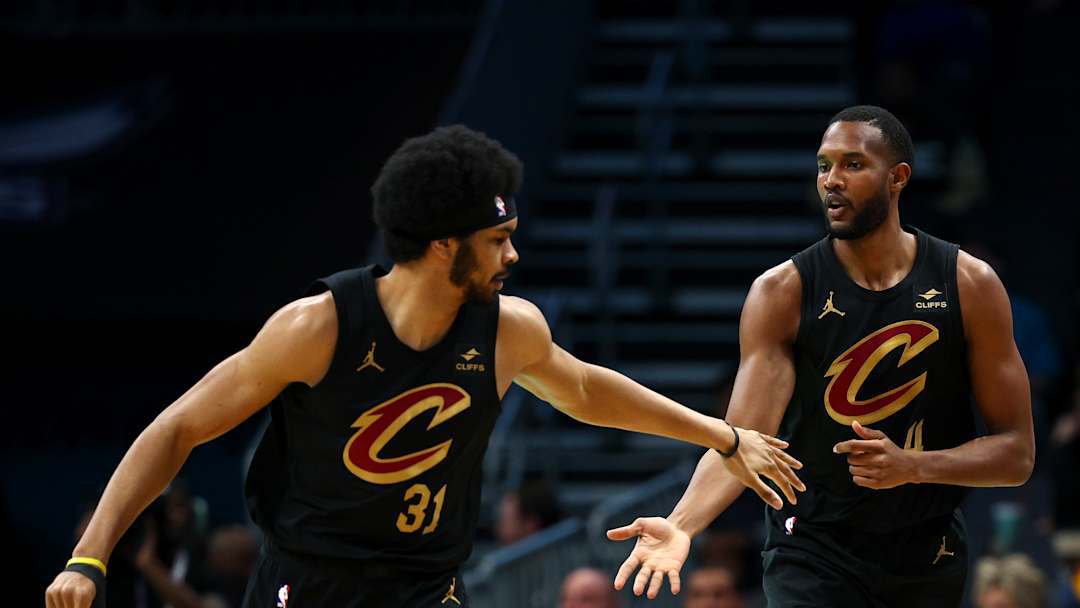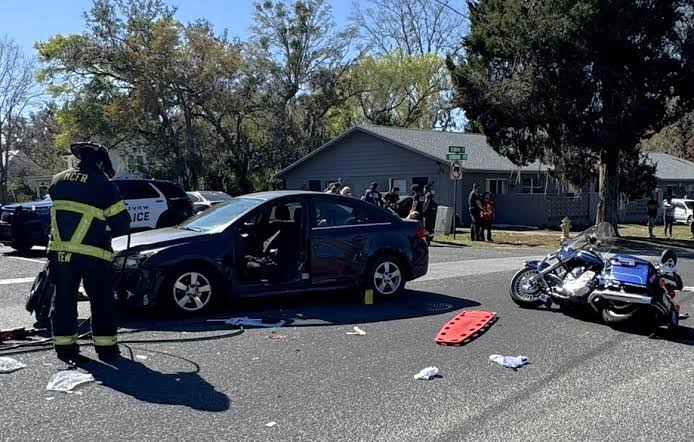The NBA Playoffs begin Sunday for the No. 1 seed Cleveland Cavaliers.
After winning 64 games to secure the top slot, the Cavs will open things up in Game 1 hosting the Miami Heat. While that matchup may be tougher than expected, Cleveland shouldn’t struggle too much in advancing to the next round. Their sights are not set on winning one series, but four.
They have the statistical markers of a title contender, from 64 wins to a dominant net rating to the league’s best offense. Those kinds of teams have won a number of NBA Championships. Yet looking deeper, what strengths do this Cavs team in particular have that could propel them to a title? And if they fall short, what weaknesses are likely to doom them?
In rapid-fire style, therefore, here are 5 weaknesses and 5 strengths of this year’s Cleveland Cavaliers team.
Weakness No. 5: Two small guards
The history of the NBA is filled with an incredible diversity of title-winning teams, from dominant centers to versatile wings to transcendent guards. What you will struggle to find in the modern era, however, is a team winning it all with two small guards.
What’s more, the Cavaliers are not merely small in the backcourt, but neither Darius Garland nor Donovan Mitchell are high-end defenders. They are small and vulnerable to attack. Playing Evan Mobley and Jarrett Allen on the backline more than makes up for that, but against teams with elite guard play or that like to target players in switches, the Cavs come up short.
Strength No. 5: Functional Depth
Every NBA team has 15 players on it, but many rosters are laden down with players who won’t see the court at any point. Many teams also have bench players who fundamentally change the way that their team plays when they take the court. The benefit is that teams are versatile in putting different looks on the floor, but when their key players get injured they aren’t able to replace them.
The Cavaliers go 11-deep on their roster in such a way that they are prepared for any key player getting injured. Lineups with Ty Jerome are just as lethal as those with Darius Garland; Dean Wade is ready to step in if Evan Mobley or Jarrett Allen go down. Sam Merrill is a reasonable Max Strus facsimile. They are prepared for anything with functional depth.
Weakness No. 4: Getting to the line
The Cleveland Cavaliers have the best offense in the league and led the league in every manner of shooting efficiency. Their one kyrptonite on offense? Getting to the free-throw line. As a team they take just 21.9 free throw attempts per game, 15th in the league, and their percentage of free throws taken ranks just 18th. Donovan Mitchell leads the team but with only 5.1 attempts per game from the stripe, and only the four stars take at least three per game. It’s a weapon they have not mastered.
Strength No. 4: Protecting the basketball
Some teams play a high-risk, high-reward offensive style, slinging the ball around the court to try and generate high-percentage shots but turning the ball over a lot in the process. Not so with the Cavaliers, who turn the ball over on just 11.6 percent of possessions, which ranks third in the entire NBA. That means they are lethal when they shoot the ball and they get shots up at a high rate because they rarely give the ball to the other team.
Weakness No. 3: Clearing the glass
Evan Mobley has leveled up as a two-way player this season, and he remains one of the very best defensive players in the league — such that he is a favorite to win Defensive Player of the Year. His primary weakness on defense, however, is defensive rebounding — a weakness that carries over to the rest of the team.
The Cavaliers rebound just 74.8 percent of opponent’s missed shots, which ranks a mediocre 15th in the NBA. They don’t have anyone who punches above their weight clearing the glass at other positions. As seen against the New York Knicks in that painful series two years ago, teams that are elite at offensive rebounding can exploit that weakness.
Strength No. 3: 48 minutes of relentless attacking
This is different than the functional depth strength, in that the Cavaliers not only go 11 deep in excellent options, but they have also built two different “teams” inside of their team that pummel opponents for 48 minutes.
While the Cavs start their two small guards and their two bigs, they split them apart for much of the game. One lineup built around Donovan Mitchell and Evan Mobley swings together, and then Darius Garland and Jarrett Allen sub in and dominate. Teams that are relying on their starting groups will struggle when they have to put in their bench players.
Strength No. 2: Defending the paint
The Cleveland Cavaliers shut down the paint like few other teams. That’s what happens, of course, when you put an All-Defense center next to an All-Defense power forward. The Cavs’ defensive scheme tries to reduce the volume of opponent 3-pointers (teams take the 8th-fewest percentage of their shots from long-range) while encouraging opposing offenses to drive into the teeth of the defense and be flummoxed.
Opponents shoot just 52 percent from 3-point range vs the Cavaliers, the second-best mark in the league behind the Oklahoma City Thunder. Narrow it to the rim, and no teams holds teams to a lower percentage from 0-3 feet than the Cavaliers. This can shut down rim-dependent teams like the Pacers or encourage 3-point-happy teams like the Celtics to become perimeter chucksters.
Weakness No. 1: Donovan Mitchell’s ankle
Donovan Mitchell had the luxury of taking two weeks off to heal his injured ankle, and all signs are that he is ready to go for the start of the playoffs. Even still, if that ankle is not 100 percent, Mitchell’s game goes from explosive to defined by settling for jumpers. And if it’s more susceptible to reinjury, Mitchell could miss time when the Cavaliers need him the most. The Cavs do have other options, and they could survive an absence agianst most opponents, but if this group is going to take down the Celtics and whoever waits in the NBA Finals, they need Mitchell healthy.
Strength No. 1: Shooting the lights out
It’s been mentioned a few times already, but this is the league’s best shooting team. And that doesn’t mean simply 3-pointers; it means everywhere on the court.
The Cavaliers shoot the best of any team in the league from 2-point range at 58.1 percent, hitting high-percentage shots inside that are generated by their shooting from outside. They also shoot 38.3 percent from deep, second-best in the league behind the Milwaukee Bucks, who shoot fewer 3s than the Cavs. Only the Celtics hit more 3-pointers per game. And that means overall the Cavaliers lead the league in effective field goal percentage.
The Cavaliers can hit shots, and they can hit them over everyone. That strength may just be the superpower they need to overcome their weaknesses and win it all this year.


